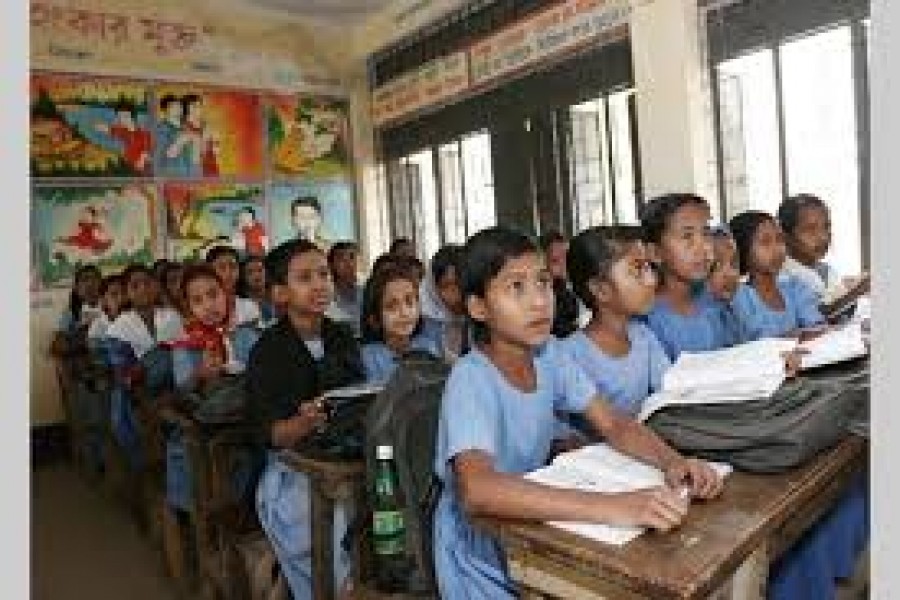
Published :
Updated :

The revelation that Bangladesh spends the lowest share in a country's Gross Domestic Product (GDP) on social protection among the South and South-western Asian nations is certainly uncomfortable. If viewed from a different perspective -- Human Development Index to be precise -- this can be somewhat encouraging as well. The country's expenditure, according to a report produced under the headline 'The Protection We Want: Social Outlook for Asia and the Pacific' by the United Nations Economic and Social Commission for Asia and the Pacific (ESCAP) and the International Labour Organisation (ILO), is just 0.7 per cent of its GDP. On this count Iran tops the list of the region under review with 10.1 per cent and neighbouring India and Pakistan staying well ahead with 3.2 per cent and 1.9 per cent respectively. There is no reason to think that the country's economy is disproportionately larger compared to its population. Now if the country could almost eliminate hunger and reduce poverty to an enviable level -- this is of course before the pandemic -- with this puny investment in social protection, what would be the achievement had the expenditure been three to five or 10 times more!
In economic discourse, though, the terms 'social protection' and 'social security' are sometimes used interchangeably and at other times the latter is considered a component of the former and the vice versa. Some consider social protection as a broader concept and others the latter. Approaches notwithstanding, essentially, either of these upholds a set of formal and informal interventions aimed at reducing social and economic risks, vulnerabilities and deprivation of underprivileged people. The ultimate objective is to achieve equitable growth. Evidently, despite all its achievements, it is exactly on this count Bangladesh has a long way to go. Its GDP growth may be consistently high but maldistribution of its dividend has not been able to make a discernible breakthrough in the underprivileged segment of people's elevation from a low level of living standard.
Why this happens may be better understood if the rates of growth of the rich and superrich are taken into account. The top notch of society is prospering at the cost of the bottom where the majority belong. Money would rather illegally flow out of the country evading the tax net and the poor would wallow in misery. Even repeated opportunities offered for whitening of black money could not inflate the government's coffer. No wonder that the government has to ensure that the public-sector employees' financial securities such as pension, provident fund etc; are protected. Social protection takes a back seat.
Social investment, on the other hand, should protect every citizen's well-being starting from livelihoods to health insurance and education loan or subsidy. The ESCAP-ILO report naturally finds that the lower segment of society with employment mostly in the informal sector -- and women in particular -- are in a most disadvantaged position to cope with the impact of Covid-19. When a family has to spend more than 60 per cent of its income on healthcare, it cannot be expected to withstand such adversities. This is weakening the country's otherwise startling gains in social sectors. Clearly, the country needs more investment in social sectors such as education and healthcare in order to build on its HDI progress.


 For all latest news, follow The Financial Express Google News channel.
For all latest news, follow The Financial Express Google News channel.